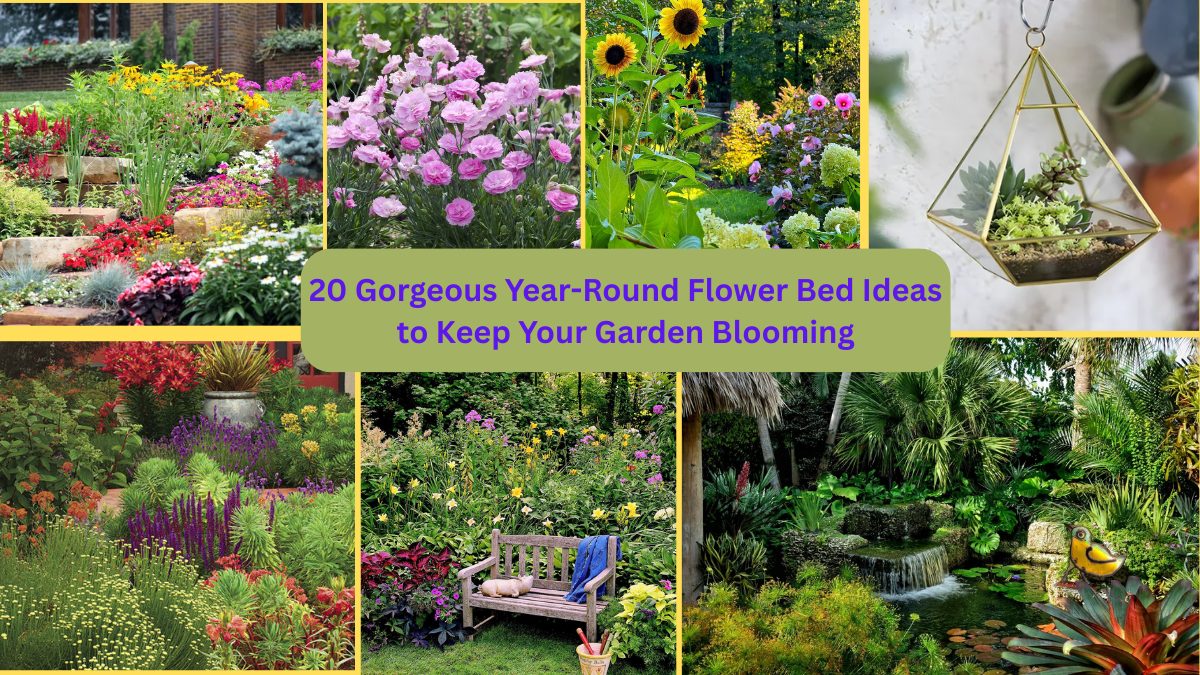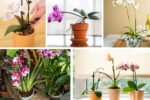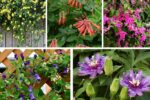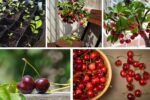A garden that flourishes in every season is a dream for many home gardeners. With smart planning, you can create flower beds that bloom continuously throughout the year—offering vibrant color, structure, and fragrance from spring to winter. From layering plants with different blooming times to incorporating evergreens and ornamental grasses, the key lies in variety and design. These 20 gorgeous year-round flower bed ideas will inspire you to turn your outdoor space into a perpetual paradise, full of life and color every day of the year.
1. Layered Perennial Beds

Layering perennials of different heights and bloom times ensures your flower bed never looks empty. Start with early bloomers like crocuses and daffodils for spring, followed by summer stunners such as daylilies and coneflowers. As summer fades, transition into fall with asters and sedum. In winter, structure-loving plants like hellebores and evergreen ornamental grasses keep your beds lively. This method keeps your garden vibrant all year while also reducing the need for frequent replanting.
2. Evergreen and Flower Combo Beds
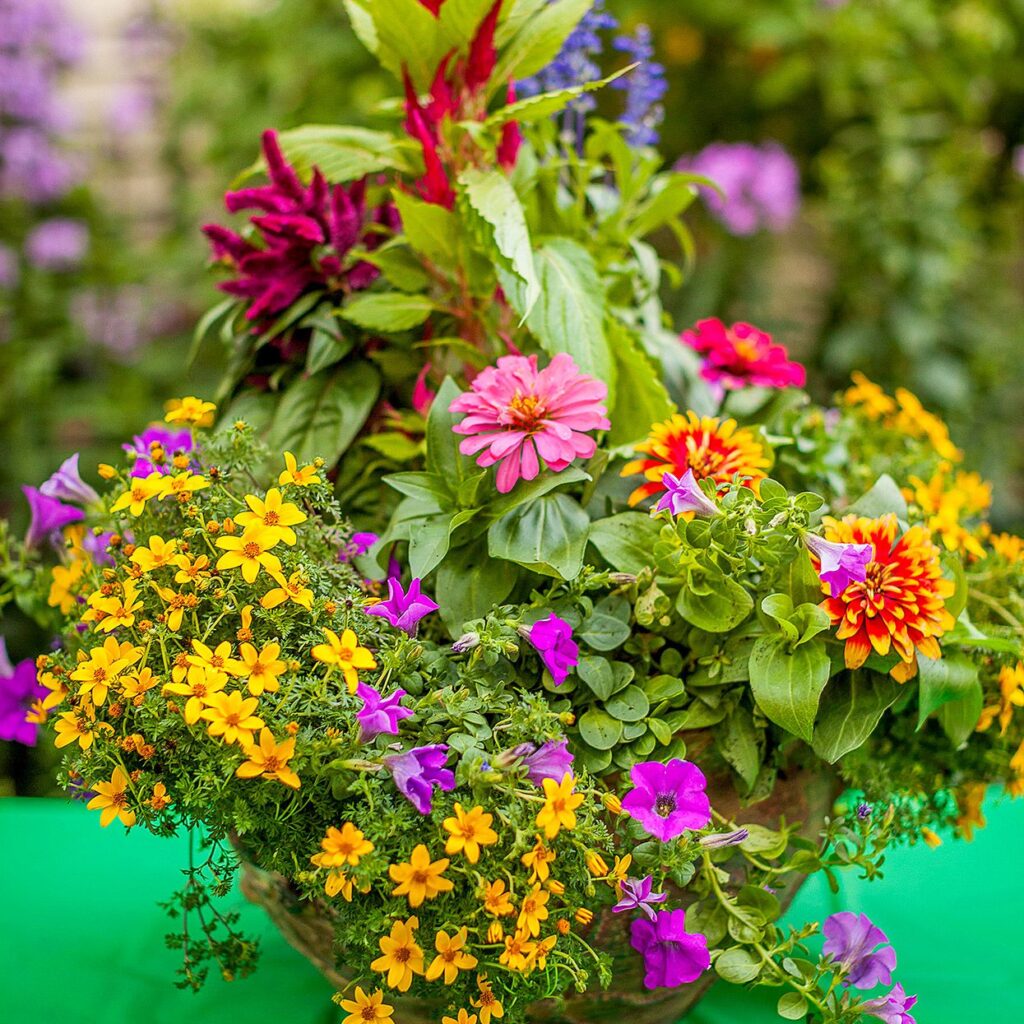
Mixing flowering plants with evergreen shrubs is a smart way to maintain structure and color throughout the seasons. Evergreens like boxwood or dwarf spruce offer year-round greenery, while flowers like tulips, dahlias, and mums add bursts of color at different times. Incorporate flowering evergreens like azaleas and camellias for an extra boost. These combinations give your flower beds both volume and visual interest from January through December.
3. Cottage Garden Style Beds
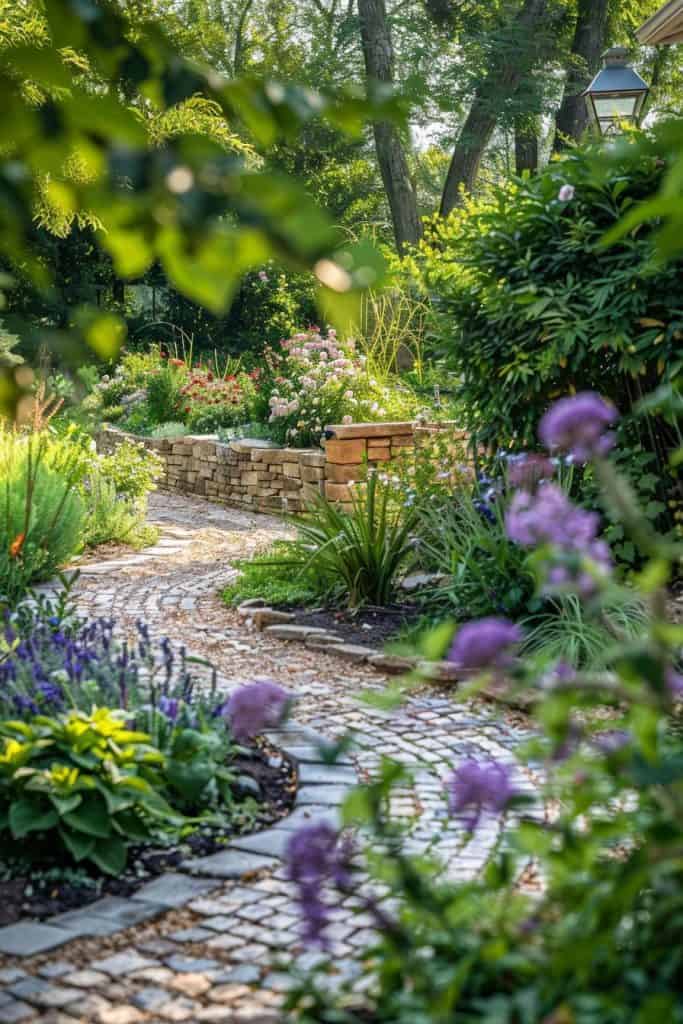
A cottage garden offers continuous blooms with a lush, informal look. Use a mix of self-seeding annuals like cosmos and poppies along with hardy perennials like phlox, peonies, and hollyhocks. These beds thrive with a little wildness, constantly evolving through the seasons. In winter, dried seed heads and ornamental grasses keep the area visually appealing. This low-maintenance style brings endless charm and color to your landscape.
4. Seasonal Rotation Beds

Plan your flower beds in sections dedicated to each season. Spring bulbs like tulips and hyacinths take center stage early, followed by summer favorites like zinnias and salvias. Replace fading summer plants with fall bloomers like chrysanthemums and ornamental kale. In winter, use pansies, violas, and evergreen accents. This rotational strategy ensures there’s always something fresh blooming while giving your garden a dynamic, ever-changing appeal.
5. Pollinator-Friendly Flower Beds
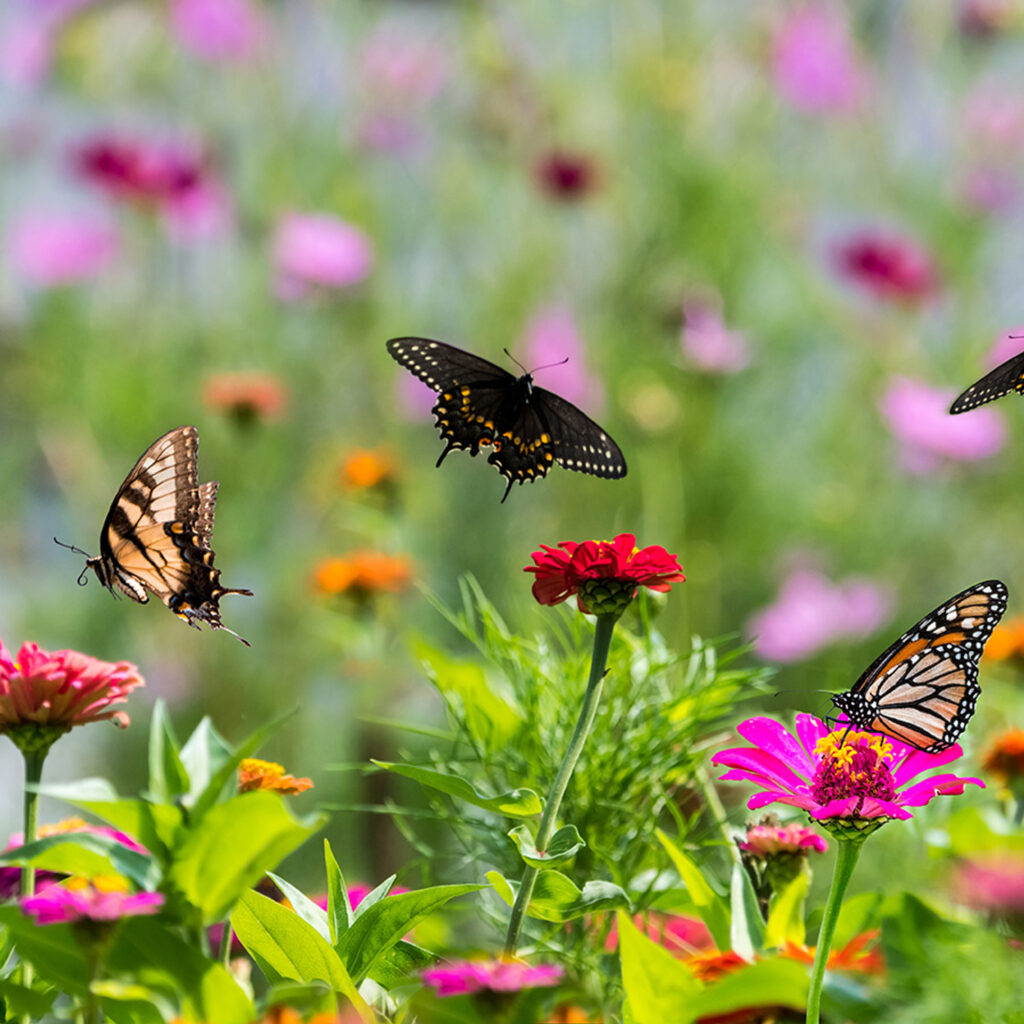
Creating a year-round flower bed that supports pollinators keeps your garden buzzing with life. Choose flowers that bloom in succession, such as snowdrops and crocuses in early spring, bee balm and lavender in summer, and goldenrod and sedum in fall. Winter interest can be provided by leaving seed heads and adding shrubs like witch hazel. This bed not only looks beautiful but also supports bees, butterflies, and birds year-round.
6. Color-Themed Year-Round Beds

Choose a color palette—like purples and whites or pinks and yellows—and build your flower bed around it using plants that bloom in different seasons. For example, spring might feature white tulips and purple pansies, summer could bring lavender and Shasta daisies, fall offers asters and ornamental cabbage, while winter showcases white hellebores and evergreen shrubs. This approach keeps your flower bed looking coordinated and elegant throughout the year.
7. Raised Flower Beds with Seasonal Mix

Raised beds not only improve drainage and access, but also make it easier to manage seasonal plantings. Fill your bed with a mix of bulbs, perennials, and annuals to maintain constant bloom. Spring bulbs like daffodils, summer annuals like petunias, fall-friendly chrysanthemums, and winter pansies create a revolving display. Add mulch and compost seasonally to keep the soil fertile and plants healthy, ensuring non-stop beauty all year.
8. Succulent and Flower Fusion Beds

Combine the year-round hardiness of succulents with seasonal blooms for a low-maintenance yet stylish flower bed. Succulents like sedum and echeveria provide color and texture through every season. Pair them with bright marigolds, zinnias, and pansies depending on the time of year. This mix not only adds visual contrast but also reduces water needs, making it ideal for eco-conscious gardeners or dry climates.
9. Formal Symmetrical Flower Beds

Structured, symmetrical beds bring timeless elegance and can remain attractive year-round with the right plant choices. Use evergreen borders like boxwood or yew to define the space, then fill with seasonal color like tulips in spring, impatiens in summer, ornamental cabbage in fall, and violas in winter. These formal beds are perfect for front yards, entryways, or as centerpieces in larger garden designs.
10. Woodland-Inspired Shade Beds

If you have a shaded area, go for a woodland-style flower bed using plants that thrive without direct sun. Begin with early bloomers like snowdrops and trilliums in spring, followed by hostas and astilbe in summer. Add fall interest with ferns and autumn crocus, and keep things fresh in winter with evergreen ferns and hellebores. This serene style offers a peaceful, natural look throughout the seasons.
11. Rock Garden Flower Beds
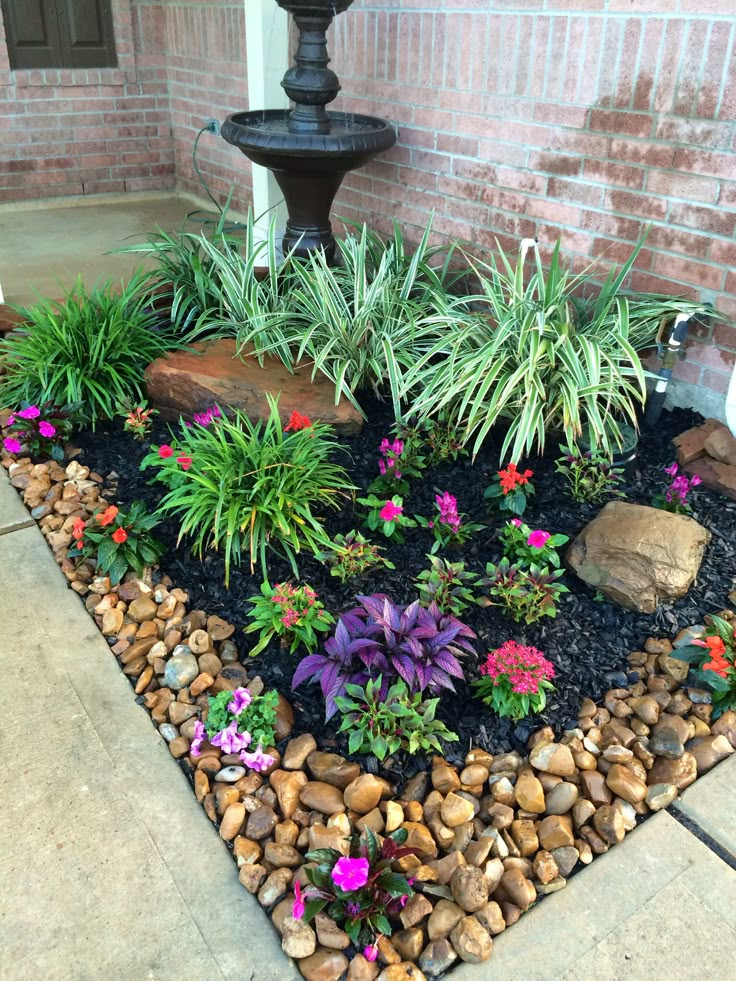
Rock gardens aren’t just for succulents—they can be vibrant and colorful all year with the right mix of plants. Use low-growing evergreens, flowering ground covers like creeping thyme, and seasonal blooms like iris, dianthus, and alyssum. The rocks add visual interest and help retain heat, protecting plants in cooler months. With smart layering and a little planning, rock garden beds can offer something new in every season.
12. Tropical-Themed Flower Beds
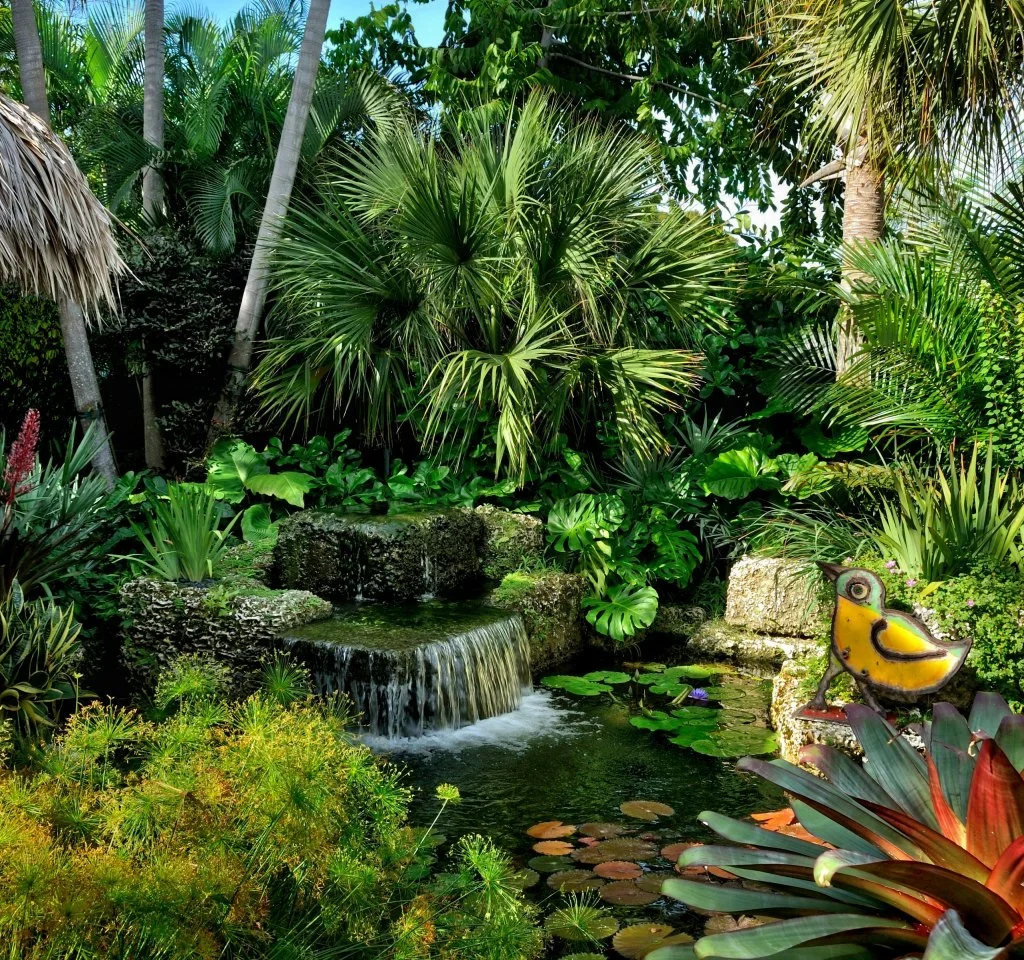
Add a lush, exotic feel to your garden with a tropical-style flower bed. Include dramatic foliage from cannas, elephant ears, and caladiums for summer drama, then layer with tropical-looking hardy perennials like crocosmia and Japanese forest grass. In cooler months, replace tender plants with winter-hardy options like ornamental cabbage or cold-tolerant grasses. This bold approach keeps the space feeling lively and lush year-round.
13. Fragrant Flower Beds

Design your flower bed for year-round fragrance as well as beauty. Spring brings sweet-smelling hyacinths and lilacs, while summer offers lavender, roses, and gardenias. In fall, try planting scented varieties of dianthus and autumn-blooming clematis. For winter, use evergreen herbs like rosemary and winter-blooming shrubs such as witch hazel. The result is a sensory garden that delights your nose every month of the year.
14. Monochrome Winter-to-Summer Beds

Create visual unity across seasons with a single color used in every bloom—like white or yellow. White crocuses, tulips, and daffodils kick off spring, followed by white roses and daisies in summer, white asters in fall, and snow-white hellebores in winter. This creates a soothing, classy flower bed that looks intentional and polished no matter the season, and works beautifully in both modern and classic gardens.
15. Wildflower-Inspired Beds

Wildflower beds are designed to mimic natural meadows and bloom from spring to fall with minimal effort. Use seed mixes that include native wildflowers like black-eyed Susans, cornflowers, and coneflowers for spring and summer, while fall color comes from goldenrod and late-blooming asters. Leave seed heads and grasses standing through winter for a rustic look that also supports wildlife. It’s a carefree, colorful, and sustainable flower bed idea.
16. Herb and Flower Combo Beds
Combine beauty and utility with a flower bed that includes both herbs and ornamentals. Spring features blooming chives and violas, summer brings lavender and basil blossoms, fall can be filled with flowering sage and marjoram, and winter benefits from evergreen rosemary and thyme. This type of bed not only looks great year-round but also provides fresh ingredients for your kitchen.
17. Miniature Shrub and Flower Beds
Mix dwarf shrubs with seasonal flowers to keep your bed attractive and balanced through the year. Miniature roses, hydrangeas, and spirea offer changing foliage and blooms. Add tulips and daffodils in spring, coreopsis and marigolds in summer, and asters in fall. During winter, shrubs like dwarf junipers or boxwoods maintain the shape and interest of the bed without the need for replanting.
18. Container Flower Beds
Use large containers and raised planters as part of your flower bed design for year-round flexibility. Seasonal annuals can be swapped easily—like pansies in winter, petunias in summer, and ornamental peppers in fall. You can also use evergreen fillers for the colder months. Containers allow for height variety and mobility, helping you protect delicate blooms during extreme weather.
19. Low-Maintenance Evergreen Flower Beds
If you want beauty without the constant upkeep, build a flower bed centered around evergreen plants like dwarf conifers, yuccas, and heuchera. Add long-blooming flowers like coreopsis, rudbeckia, and salvia during warmer seasons. This type of flower bed always looks full and attractive, even in winter, with minimal need for seasonal replacements or care.
20. Architectural Flower Beds with Seasonal Accents
Use bold plants with strong forms—like ornamental grasses, alliums, or agapanthus—to provide architectural interest year-round. Pair them with rotating seasonal plants like tulips, salvia, and chrysanthemums for bursts of color. These beds combine structure and softness, maintaining a sculptural presence in winter while exploding with blooms during the growing seasons.
